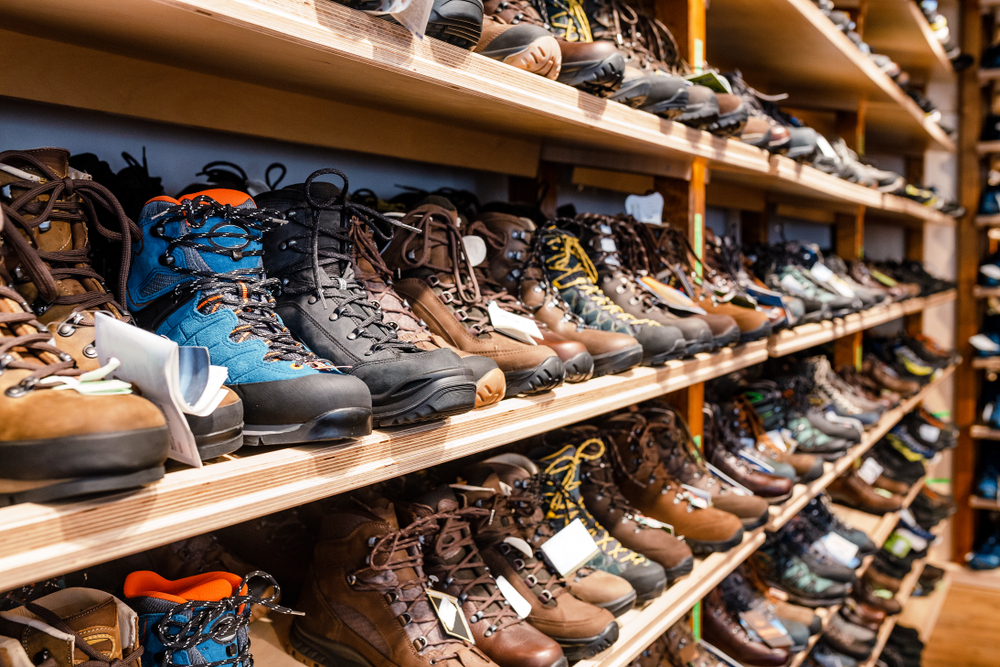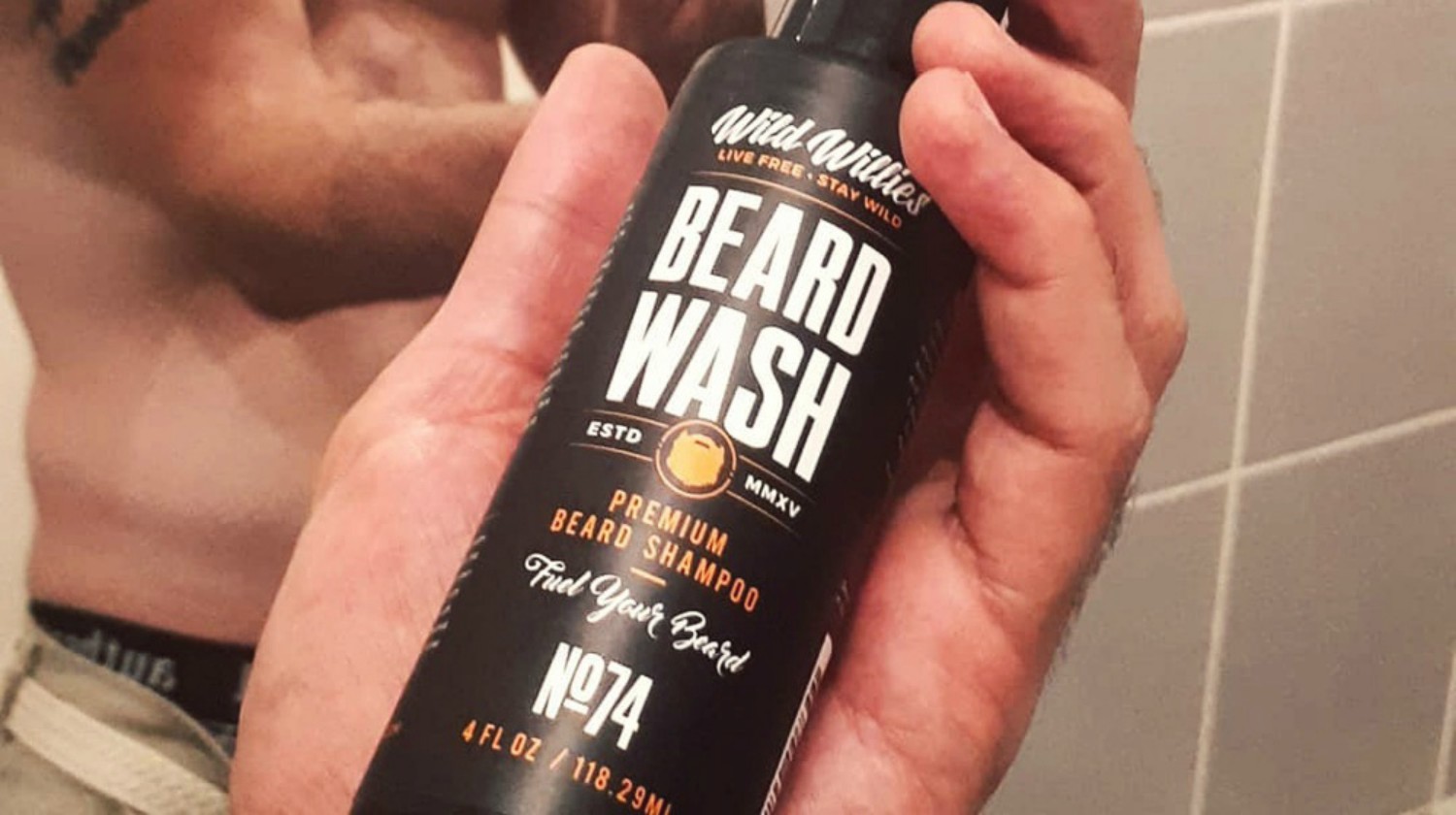Practical Prepper
What To Look For In A Survival Boot

Give your feet the care and safety they deserve. They work hard, especially in survival situations when you rely heavily on them. Here are some tips on what to look for in a survival boot.
How to Choose a Survival Boot
When it comes to survival gear, your footwear should jump to the top of the list in terms of importance. While you can fashion a shelter out of many items, create your own knives if need be, and repurpose many of your Preps, your shoes have one purpose and it’s a critical one: to protect your feet.
History shows us that civilizations that benefited from protective footwear dominated over those that didn’t. Protection, traction, and breathability can help you to traverse rough and slippery terrain, prevent sprains and broken bones, and minimize blisters and infections. When you don’t know what you’ll be up against, it’s best to err on the side of a quality boot that will stand the test of time.
Whether you’re facing inclement weather, natural disasters, or a terrorist attack, your survival boots should be able to get you through debris and miles away.
Top Considerations

As you start to peruse the never-ending options of shoes and boots that are on the market, it’s easy to become overwhelmed. Ultimately, you will have to consider what your plan is: whether you are Bugging In or Bugging Out.
Bugging Out into the wilderness will require a different type of footwear than Bugging In at your compound or homestead. Where you Bug Out (desert, mountains, forest) also plays a role in what type of footwear you’ll choose.
Beyond your specific plan for when SHTF, you will also need to consider:
- Budget
- Durability
- Weight of Shoes
- Safety Toe
- Comfort
- Waterproof
- Breathability
- Electrical Hazard Safety Standards
- Insulation
- Ankle Support
- Traction
- Protection from Debris
- Protection from Snakes
It’s a tall order trying to balance your needs with your wants, and coming up with the perfect survival boot. There are, of course, several that rise to the top of every list, but ultimately they must fit your foot and your budget to be the right pair for you.
Basic Guidelines for Choosing Survival Boots
As you sift through the options, there are some basic rules of thumb to take into consideration:
- Boots are typically going to be the better choice over a sneaker or cross-trainer. They are more durable and offer more protection.
- Choose the lightest pair of boots that meet your needs. Heavier boots will give you great foot and ankle support but will weigh heavily on you. If you have a heavy load on your back, heavy boots will make hiking exhausting.
- Break your boots in. Whatever you choose, don’t just place them next to your Bug Out Bag and call it a day. Wear those boots everywhere, especially hiking and in severe weather. If they continue to be comfortable and durable, consider purchasing another pair or two to put away.
- If you plan to be working in wet and cold weather, doing tough outside jobs, look for lace-up, waterproof, and insulated boots. Check for variations on hunting-related boots to get you started.
- Leather is the preferred material for your boots to be made out of. Nylon and synthetic elements can work on parts of the boot if it is waterproof and provides enough support.
- Your laces are just as important as your boots. You want laces that stay tied and won’t break. Braided leather or nylon laces are the best choices and be sure to pack a few extra sets in your bag.
- Check your boots for possible quality control issues. There should be no loose stitches or threads, and any eyelets or zippers should be in good shape.
Types of Boots to Choose From
The types of boots you’ll be choosing from fall into several categories:
- Hiking: Best for hiking through remote areas to your Bug Out location.
- Work/Safety: Best for urban areas.
- Military/Law Enforcement: Best for deserts or mixed terrain.
- Hunting: Best for areas where you will run into snakes, or terrain rougher than hiking.
- Trail Shoes: Not recommended for Bugging Out, but still a better option than dress shoes if you’re coming from work. Will work as a Get Home Bag option.
Your survival boots are a major element of your Prepping investment. They will dictate whether you survive and thrive or if you falter and suffer.
Anyone who has experienced severe blisters, a broken ankle, or had to wear ill-fitting shoes for long periods of time can attest to the importance of having the right shoes. Do your research and choose the pair that makes the most sense for your particular situation.
Do you already have a pair of survival boots? If you do, what were your top considerations for choosing that pair? We’d like to know more in the comments section!
Up Next:
-

 Do It Yourself7 months ago
Do It Yourself7 months agoParacord Projects | 36 Cool Paracord Ideas For Your Paracord Survival Projects
-

 Do It Yourself10 months ago
Do It Yourself10 months agoHow To Make Paracord Survival Bracelets | DIY Survival Prepping
-

 Do It Yourself9 months ago
Do It Yourself9 months ago21 Home Remedies For Toothache Pain Relief
-

 Do It Yourself10 months ago
Do It Yourself10 months agoSurvival DIY: How To Melt Aluminum Cans For Casting
-

 Exports8 months ago
Exports8 months agoAre Switchblades Legal? Knife Laws By State







